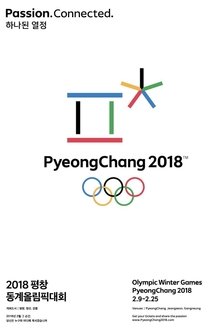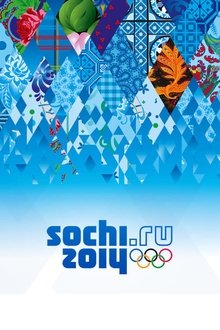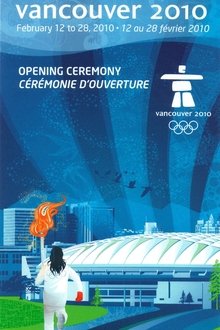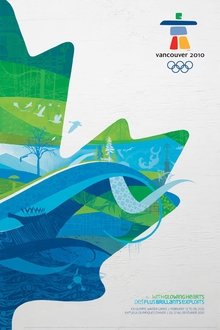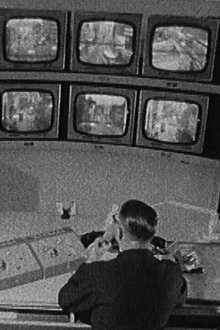Colonial troops greet London's new Lord Mayor in a patriotic wartime ceremony.
Related Movies
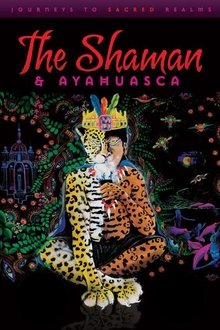
The Shaman & Ayahuasca: Journeys to Sacred Realms (2010)
Filmed in the jungles of Peru, shaman Don Jose Campos introduces the practices and benefits of Ayahuasca, the psychoactive plant brew that has been used for healing and visionary journeys by Amazonian shamans for at least a thousand years.
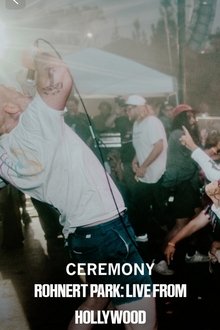
Ceremony Rohnert Park: Live From Hollywood (2024)
Because we're only doing this once, and because we know not everyone could get tickets, we are proud to announce the livestream of our sold out 'Rohnert Park' show at The Hollywood Palladium, directed by our old friend Lance Bangs.
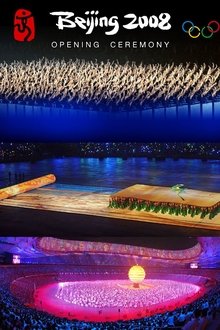
Beijing 2008 Olympic Opening Ceremony (2008)
The 2008 Summer Olympics opening ceremony was held at the Beijing National Stadium, also known as the Bird's Nest. It began at 8:00 p.m. China Standard Time (UTC+8) on August 8, 2008, as 8 is considered to be a lucky number in Chinese culture. Featuring more than 15,000 performers, the ceremony lasted over four hours and cost over $100 million USD to produce.

The First Year (2021)
The First Year tells the inside story of Jamie Driscoll’s first 12 months as the new North of Tyne Mayor.
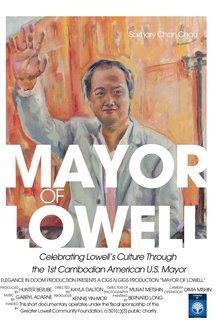
Mayor of Lowell (2025)
This short documentary chronicles the culture and arts of Cambodian Americans and the Lowell, MA community through the eyes of Sokhary Chau, the first Cambodian American Mayor in the United States. Chau immigrated to the U.S. at seven years old to escape the Khmer Rouge genocide. Through this unique story that showcases the best of Lowell—immigrant success, assimilation, history, and the development of the arts—we see a man born into a war-torn country who comes to America to be a first-in-the-nation leader.
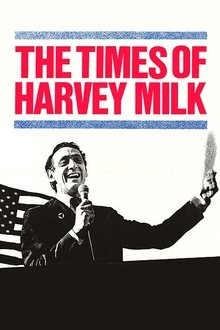
The Times of Harvey Milk (1984)
Harvey Milk was an outspoken human rights activist and one of the first openly gay U.S. politicians elected to public office; even after his assassination in 1978, he continues to inspire disenfranchised people around the world.

Heaven Earth (2008)
This documentary examines ayahuasca shamanism near Iquitos (a metropolis in the Peruvian Amazon), and the tourism it has attracted. The filmmakers talk with two ayahuasqueros, Percy Garcia and Ron Wheelock, as well as ayuahuasca tourists and local people connected with the ayahuasca industry.
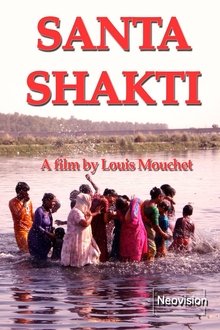
An immersion into the Divine Feminine (2017)
By drawing a parallel between the Indian Durga Puja festival and other forms of celebrating the divine feminine, Santa Shakti reveals the Sacred Power beyond languages and religions.

The Coronation (2018)
The 1953 coronation of Queen Elizabeth II marked the moment when she was formally recognized as England's new sovereign in front of God and her subjects. Three hundred million people tuned in, making it the most watched event in history. Now, for the first time, Her Majesty shares memories of the ceremony. Join us as we unlock a thousand years of coronation secrets and provide an unprecedented, up-close look at the legendary Crown Jewels.

Searching for Sugar Man (2012)
Two South Africans set out to discover what happened to their unlikely musical hero, the mysterious 1970s rock 'n' roller, Rodriguez.
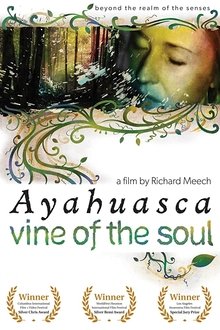
Vine of the Soul: Encounters with Ayahuasca (2010)
On a quest for emotional healing and spiritual awakening, a naturopathic doctor and an accountant join others in the Peruvian Amazon to drink a psychedelic brew called ayahuasca.
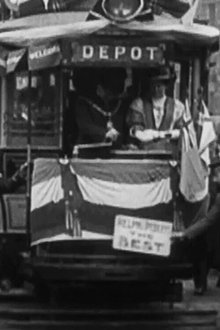
Opening of Accrington Electric Tramways (1907)
Cheering crowds and much jubilation greet the launch of the Accrington to Oswaldtwistle electric tram service.
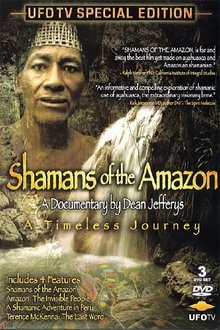
Shamans of the Amazon (2001)
SHAMANS OF THE AMAZON is a personal account of filmmaker Dean Jefferys as he returns to the Amazon with his partner and one year old daughter. They journey deep into the Ecuadorian rainforest to learn about and experience the ancient ayahuasca healing ceremony. The film brings to the viewer an intimate and fascinating look at the shamans of the Amazon, and the life that is threatened by ecological destruction.

The Body Politic (2024)
With unfettered access, the film follows Baltimore's idealistic young mayor into office, where he puts his personal and political future on the line to save his beloved city from chronic violence.
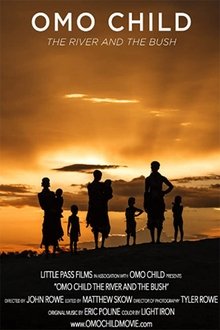
Omo Child: The River and the Bush (2015)
For many generations people in the Omo Valley (tribal southwest Ethiopia) believed some children are cursed and that these 'cursed' children bring disease, drought and death to the tribe. The curse is called 'mingi' and mingi children are killed. Lale Labuko, a young educated man from the Kara tribe was 15 years old when he saw a child in his village killed and also learned that he had 2 older sisters he never knew who had been killed. He decided one day he would stop this horrific practice. Filmed over a five year period we follow Lale's journey along with the people of his tribe as they attempt to change an ancient practice.
